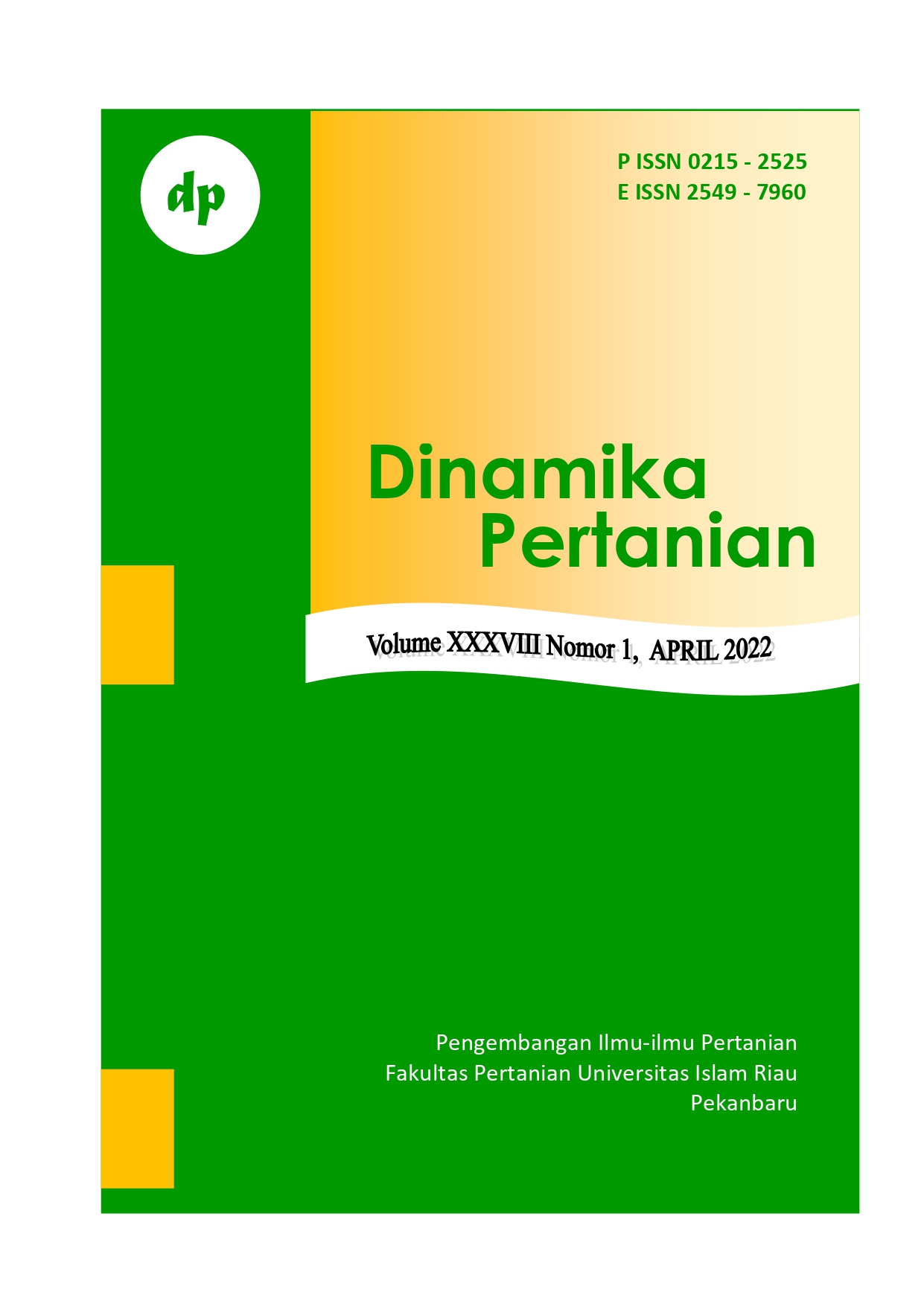ANALISIS RANTAI PASOK DAGING SAPI DI KECAMATAN KERUMUTAN KABUPATEN PELALAWAN PROVINSI RIAU
DOI:
https://doi.org/10.25299/dp.2022.vol38(1).10440Keywords:
Beef, Marketing Efficiency, Supply ChainAbstract
Beef is a source of animal protein needed by the public. The delicious taste of meat is a commodity much in demand by consumers. This research aims to analyze: 1) Supply chain mechanisms related to product flow, information flow, and financial flow in beef businesses, and 2) the Efficiency of beef supply chain marketing. This research uses a survey method. The data were analyzed descriptively qualitatively and quantitatively. The result showed: 1) The beef supply chain in Kerumutan District, Pelalawan Regency starts from cattle farmers to cattle traders, then cattle traders to retailers, then retailers sell beef to consumers. The flow of information starts from the farmer to the cattle trader, communication is carried out by telephone or SMS related to the existing cattle stock and the prevailing prices in the market, then from the cattle trader to the retailer, communication is carried out by telephone regarding the existing cattle stock and when to deliver, then from retailers to consumers, the information provided by retailers is the selling price of beef, while the financial flow stars from the consumer to the farmer for the payment obtained by each link in the chain involved and the payment system is in cash. 2) The beef marketing margin is Rp 30,000,- Farmers’ share is 76.9%, and marketing efficiency is 3.77% so it can be said that the distribution of the beef supply chain in Kerumutan District, Pelalawan Regency, Riau Province is efficient.






